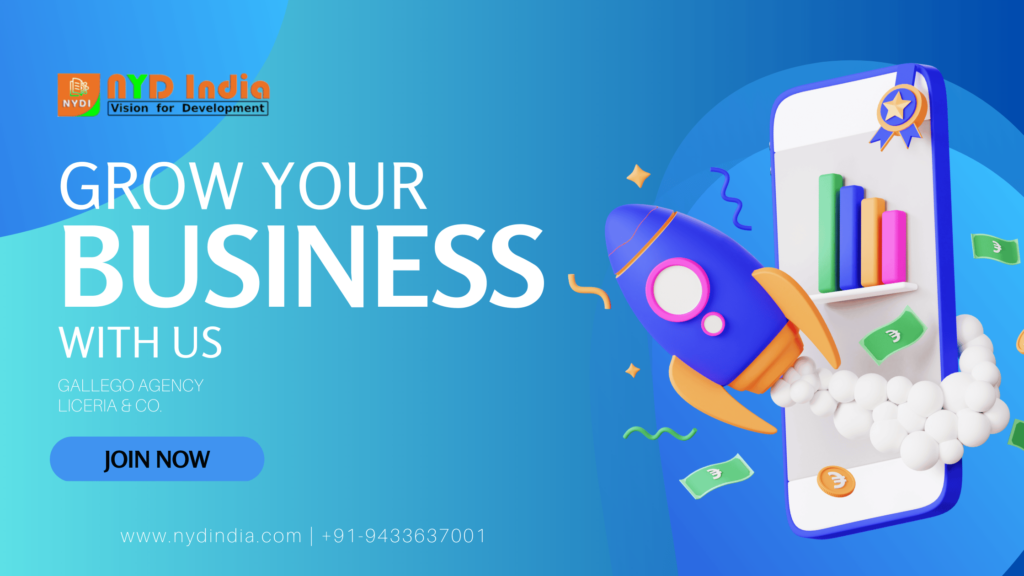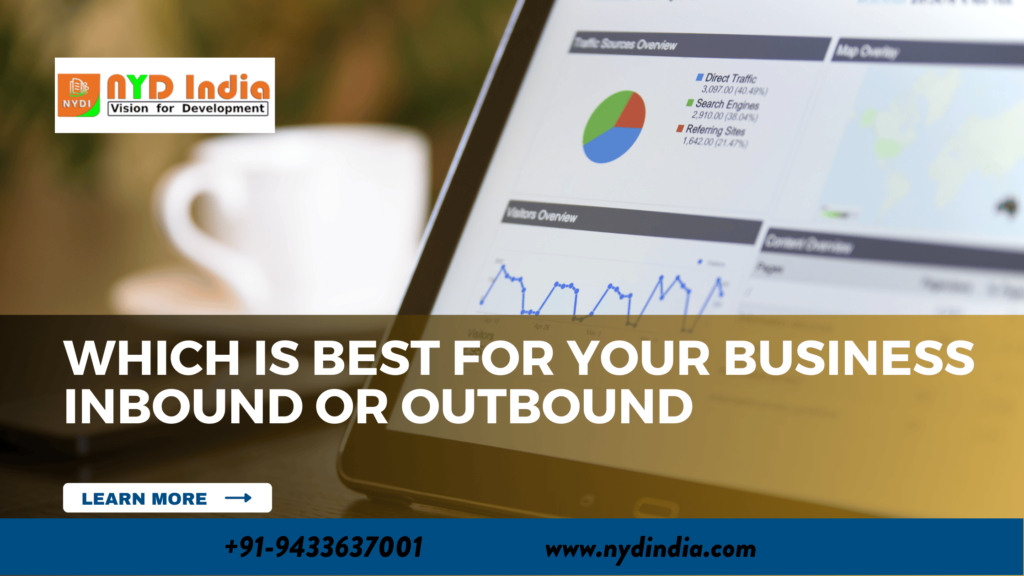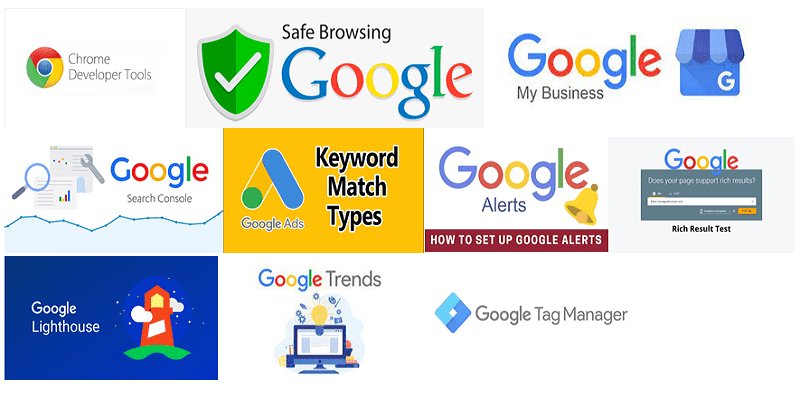
Marketing is an essential aspect of running a successful business. It is the process of promoting and selling products or services to potential customers. However, not all marketing strategies are created equal. Two of the most popular methods are inbound and outbound marketing. Inbound marketing is a more subtle approach, where businesses use content marketing, social media, and search engine optimization (SEO) to attract potential customers. On the other hand, outbound marketing is a more aggressive approach, where businesses use tactics such as cold calling, direct mail, and advertising to reach out to potential customers. In this post, we will explore the differences between inbound and outbound marketing, the benefits and drawbacks of each, and which approach might be best for your business. By the end of this article, you will have a better understanding of which marketing strategy will work best for your business.
What is inbound marketing and how does it work?
Inbound marketing is the process of attracting potential customers to your brand or business through valuable content, personalized communication, and a focus on building long-term relationships. It’s all about creating and sharing content that is designed to address your target audience’s needs and interests. Rather than pushing your products or services onto them, inbound marketing is about drawing them in by answering their questions, providing solutions to their problems, and engaging with them in a way that builds trust and establishes your brand as a thought leader in your industry.
Inbound marketing typically involves tactics such as search engine optimization (SEO), content marketing, social media marketing, email marketing, and lead generation. By creating valuable, informative, and engaging content that resonates with your target audience, you can attract potential customers to your website, social media channels, or other digital properties. Once they’re there, you can use marketing automation and other tools to personalize their experience, nurture their interest, and ultimately convert them into loyal customers.
One of the biggest advantages of inbound marketing is that it is focused on building relationships and creating long-term value, rather than just driving short-term sales. This can help you establish your brand as a trusted authority in your industry, generate more leads and conversions over time, and ultimately, drive sustainable growth for your business. However, it does require a significant investment of time, effort, and resources to execute effectively, which may not be feasible for all businesses.
The benefits of inbound marketing for businesses
Inbound marketing has many benefits for businesses. Firstly, it can generate high-quality leads that are more likely to convert into paying customers. This is because inbound marketing is all about attracting potential customers who are already interested in your products or services, rather than bombarding them with generic advertising messages that may not resonate with them.
Secondly, inbound marketing is a cost-effective way of promoting your business. Unlike traditional outbound marketing methods like TV ads or billboards, inbound marketing allows you to reach a wider audience without spending a fortune. By creating valuable content that your target audience is searching for, you can attract visitors to your website and convert them into loyal customers.
Thirdly, inbound marketing allows you to build long-term relationships with your customers. By providing them with useful information and engaging content, you can establish yourself as an authority in your industry and gain the trust of your customers. This can lead to repeat business, positive reviews, and recommendations to others.
Finally, inbound marketing is measurable and allows you to track your ROI. By using tools like Google Analytics, you can see which channels are driving the most traffic to your website and which ones are generating the most leads and sales. This allows you to fine-tune your marketing activities and focus on the strategies that are working best for your business.
Examples of successful inbound marketing campaigns
Inbound marketing has become increasingly popular in recent years due to its ability to attract customers rather than interrupting them with traditional advertising methods. Here are some examples of successful inbound marketing campaigns:
- HubSpot – HubSpot is a company that provides marketing, sales, and customer service software. Their inbound marketing campaign is centered around a blog that provides useful content for marketers, such as tips for improving SEO, content creation, and lead generation. The blog has become a go-to resource for marketers and has helped establish HubSpot as a thought leader in the industry.
- Dollar Shave Club – Dollar Shave Club is a subscription-based razor company that became famous for their viral marketing campaign in 2012. The video featured the CEO, Michael Dubin, explaining the company’s mission in a humorous and engaging way. The video went viral and helped establish Dollar Shave Club as a disruptor in the razor industry.
- Airbnb – Airbnb is a popular platform for renting out vacation homes and apartments. Their inbound marketing campaign is centered around user-generated content. They encourage their customers to share photos and stories about their experiences with Airbnb, which helps build trust and credibility with potential customers.
These examples demonstrate how inbound marketing can be used to attract customers by providing useful content, engaging storytelling, and user-generated content. By focusing on building relationships with customers rather than simply selling to them, these companies have been able to establish strong brands and loyal followings.
What is outbound marketing and how does it work?
Outbound marketing is a traditional form of marketing that involves pushing your message out to a large audience through various channels, such as television, radio, print ads, cold calling, and direct mail. This form of marketing is also known as interruption marketing because it interrupts the consumer’s experience by delivering a message that they may not be interested in.
Outbound marketing relies on the idea that if you cast a wide enough net, you will eventually catch some fish. It is a more aggressive and intrusive approach to marketing, which can be off-putting to some consumers.
The effectiveness of outbound marketing can be difficult to measure, as it is often impossible to know how many people saw your ad or heard your message. This can make it difficult to track return on investment (ROI) and can lead to wasted resources on campaigns that may not be effective.
Despite its drawbacks, outbound marketing can still be an effective way to reach a large audience quickly. It can also be useful for promoting events or sales that have a short lead time. Overall, outbound marketing can be a useful tool in your marketing mix, but it should not be your sole focus.

The benefits of outbound marketing for businesses
Outbound marketing has been around for decades and it’s a tried and tested approach to reaching potential customers. Outbound marketing is the process of pushing your brand or product to potential customers through traditional marketing methods such as TV commercials, print ads, radio ads, and direct mail.
One of the main benefits of outbound marketing is that it can be tailored to reach a very specific audience. By using demographic and geographic data, companies can send direct mail or purchase ads on TV or radio stations that will be seen or heard by their target audience. This is particularly effective when you have a very specific product or service that appeals to a particular demographic.
Outbound marketing can also help businesses to quickly increase their brand awareness and reach a larger audience in a shorter amount of time. With the right budget, outbound marketing can achieve a lot in a short amount of time.
Another benefit of outbound marketing is that it can be easier to measure and analyze the success of a campaign. For example, if you run a TV commercial during a popular show, you can easily track the number of people who saw the ad and the number of sales generated from that particular campaign.
Overall, outbound marketing can be a valuable addition to a company’s marketing strategy, particularly if they have a specific target audience they want to reach. However, it’s important to note that outbound marketing can be expensive and may not always provide the best return on investment when compared to inbound marketing tactics.
Examples of successful outbound marketing campaigns
Outbound marketing refers to traditional marketing methods such as TV and radio advertising, billboards, direct mail, and telemarketing. Although it’s often considered an outdated approach, there have been many successful outbound marketing campaigns over the years.
One of the most famous campaigns is the “Got Milk?” commercial, which featured a series of celebrities with milk mustaches and catchy slogans. The campaign ran for over a decade and was responsible for increasing milk sales in California by 7% in just one year.
Another successful outbound marketing campaign was the “Share a Coke” campaign by Coca-Cola. This campaign featured Coke bottles with people’s names on them, encouraging consumers to buy a bottle for themselves and a friend. The campaign was a huge success, with over 150 million personalized bottles sold and a 2% increase in sales in the US.
Lastly, the “Think Different” campaign by Apple is another example of successful outbound marketing. The campaign featured iconic figures such as Albert Einstein and Mahatma Gandhi and encouraged people to “think different”. The campaign was instrumental in changing Apple’s perception from a niche computer company to a global tech giant.
While inbound marketing has been gaining popularity in recent years, these examples show that outbound marketing can still be effective if executed correctly. It’s all about knowing your target audience and creating a message that resonates with them.
Which marketing strategy is better for your business?
Choosing the right marketing strategy for your business can be a tricky task. Both inbound and outbound marketing approaches have their advantages and disadvantages, and the choice depends on your business goals, target audience, and budget.
If you are looking for a long-term strategy that builds brand awareness and creates a loyal customer base, inbound marketing is the way to go. Inbound marketing is all about attracting customers through valuable content, SEO, and social media marketing. By providing your target audience with information that is relevant and helpful, you can establish yourself as a thought leader in your industry and build trust with your customers.
On the other hand, if you need quick results and have a limited budget, outbound marketing may be the better option. Outbound marketing relies on interrupting potential customers with advertising, cold calling, and direct mail. While this approach can be more expensive than inbound marketing, it can deliver results quickly and help you reach a large audience in a short amount of time.
Ultimately, the choice between inbound and outbound marketing depends on your business needs and goals. If you have a long-term vision, inbound marketing can help you establish a strong brand and loyal customer base. On the other hand, if you need to see results quickly, outbound marketing can help you reach a large audience in a short amount of time.
Factors to consider when choosing between inbound and outbound marketing
When deciding between inbound and outbound marketing, there are several factors to consider. Firstly, consider your target audience. If your target audience is more traditional and prefers to be advertised to through traditional channels such as billboards, TV commercials, or print ads, outbound marketing may be the best choice for your business. However, if your target audience is younger and more tech-savvy, inbound marketing may be the way to go, as this demographic tends to do their research online and seek out information on products and services before making a purchase.
Another factor to consider is your budget. Outbound marketing can be expensive, especially for small businesses with limited budgets. In contrast, inbound marketing can be more cost-effective, as it relies on creating valuable content and utilizing social media to attract potential customers.
It’s also important to consider the type of product or service you offer. If you offer a niche product or service that requires a more personalized approach, outbound marketing may be the better choice. On the other hand, if you offer a more general product or service that can benefit a larger audience, inbound marketing may be more effective.
Ultimately, the decision between inbound and outbound marketing comes down to your business goals, target audience, and budget. By considering these factors, you can make an informed decision and choose the marketing strategy that will be most effective for your business.

The role of budget in choosing a marketing strategy
When it comes to marketing, budget plays a crucial role in deciding which marketing strategy to choose. Outbound marketing can be quite expensive, as it involves advertising on various platforms such as TV, radio, billboards, and print media. This type of marketing requires a significant amount of investment and may not be the best option for small businesses or startups with a limited budget.
On the other hand, inbound marketing strategies such as content marketing, social media marketing, and SEO are much more cost-effective. They require a smaller budget but can still achieve great results. With inbound marketing, you can create high-quality content and distribute it on various digital platforms, reaching a larger audience at a much lower cost.
However, it is important to note that while inbound marketing may be more affordable, it still requires a considerable amount of time and effort to implement effectively. You need to create valuable content, optimize it for search engines, and engage with your audience on social media. This can be challenging for businesses that have limited resources and may not have the necessary skills or experience in-house.
Therefore, when deciding which marketing strategy to choose, it is important to consider your budget, as well as the time and resources you have available. While outbound marketing can be effective, it may not be the best option if you have a limited budget. Inbound marketing, on the other hand, can be more affordable, but requires more effort and expertise to implement effectively. Ultimately, the decision should be based on your business’s unique needs and goals.
How to integrate both inbound and outbound marketing for maximum impact.
Both inbound and outbound marketing approaches have their advantages and disadvantages. Rather than choosing between them, businesses should aim to integrate both to achieve maximum impact. Here are some ways to do so:
- Use inbound marketing to generate leads, and outbound marketing to convert them. Inbound marketing, such as content marketing and SEO, can help attract potential customers to your website. Once they’re there, you can use outbound marketing techniques such as email marketing and retargeting ads to convert them into paying customers.
- Leverage inbound marketing insights to inform outbound marketing. By tracking the behavior of your website visitors and social media followers, you can gain valuable insights into their preferences and interests. This can help you tailor your outbound marketing efforts to be more effective.
- Use outbound marketing to amplify your inbound marketing efforts. For example, if you’re hosting a webinar or producing a piece of content, use outbound marketing techniques such as email marketing and social media advertising to promote it to a wider audience.
- Use outbound marketing to build brand awareness and drive traffic to your website. Although inbound marketing is great for generating leads, it can take time to see results. Outbound marketing techniques such as display advertising and TV commercials can help build brand awareness and drive traffic to your website in the meantime.
By integrating both inbound and outbound marketing techniques, businesses can create a holistic marketing strategy that maximizes their impact and reaches a wider audience.
We hope that this article has helped you to better understand the differences between inbound and outbound marketing. Both strategies have their advantages and disadvantages, and the decision of which one to use will depend on your individual business needs and goals. Remember that a combination of both inbound and outbound marketing techniques can be a powerful way to reach your target market and grow your business. Thank you for reading, and we hope that this article has provided you with the knowledge and tools you need to make an informed decision about which marketing strategy is best for your business.













2 replies on “Inbound VS Outbound Marketing?”
Thank you for your sharing. I am worried that I lack creative ideas. It is your article that makes me full of hope. Thank you. But, I have a question, can you help me?
Thank you for your sharing. I am worried that I lack creative ideas. It is your article that makes me full of hope. Thank you. But, I have a question, can you help me?